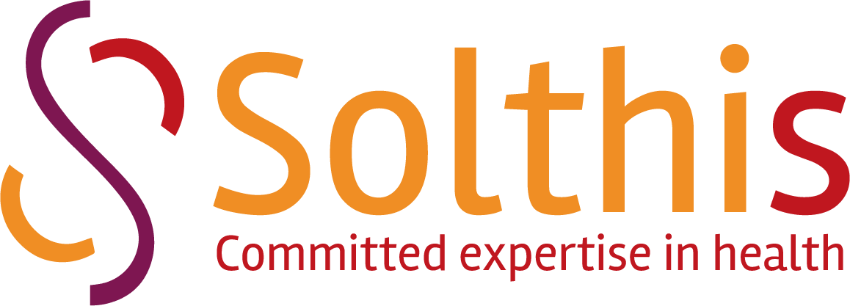October 2025 – June 2026
Morocco
Since the beginning of the epidemic in 1986, Morocco has made significant progress in the fight against HIV/AIDS, thanks to strong political commitment that has placed the HIV response among the country’s national health priorities. Data from screening programs and epidemiological estimates indicate that HIV prevalence remains low and stable in the general population, around 0.08%, thus characterizing a low-intensity epidemic.
However, this situation should not obscure the differentiated dynamics of the epidemic among key populations, particularly sex workers (SW), whose prevalence is estimated at 2.2%. In 2014, over 70% of new infections were directly linked to key populations. In 2019, female sex workers were 30 times more likely to contract HIV than women in the general population, and approximately 8% of all new adult HIV infections worldwide were among sex workers.
The epidemic in Morocco is therefore concentrated among key populations and geographically heterogeneous, with higher HIV positivity rates in the southern regions of the country. Despite the progress achieved, access to comprehensive HIV prevention services for these populations remains largely insufficient. The focal nature of the epidemic calls for innovative approaches, including stronger community involvement in testing, care, and retention in treatment, as well as greater engagement of the private sector, in line with the 2023–2025 Expansion Plan.
The modeling of HIV testing targets (2021–2026) conducted in Morocco using the Testing Goals tool identified the following priority target populations: key populations, people living with sexually transmitted infections (STIs), tuberculosis patients, and pregnant women. This modeling also highlighted the need to expand testing to additional groups, particularly male clients of sex workers, patients presenting HIV-related symptoms, partners of index cases, and other potentially vulnerable groups.
The most recent size estimations of key populations in Morocco estimate that there are around 450,000 clients of sex workers. These clients play a central role in the dynamics of the HIV and STI epidemics, acting as a potential bridge population between key populations and the general population. However, their access to preventive interventions remains limited, which reduces the effectiveness of current strategies to combat the epidemic. According to the PNSI 2024–2030, HIV testing among men identified as clients of sex workers remains very low (746 in 2020 and 1,747 in 2021).
A better understanding of risk behaviors, knowledge, and perceptions among these clients regarding HIV prevention is therefore essential to guide the design of more effective and contextually appropriate intervention strategies in Morocco.
Beneficiaries
-
Directorate of Epidemiology and Disease Control (DELM)
Results
-
- SO1: Identify sexual risk behaviors and vulnerability factors among clients of sex workers. SO2: Explore clients’ knowledge, attitudes, and perceptions regarding HIV, STIs, and prevention methods. SO3: Analyze barriers and facilitators to accessing HIV prevention and health services for this population. SO4: Formulate recommendations to improve HIV prevention interventions targeting clients of sex workers.





